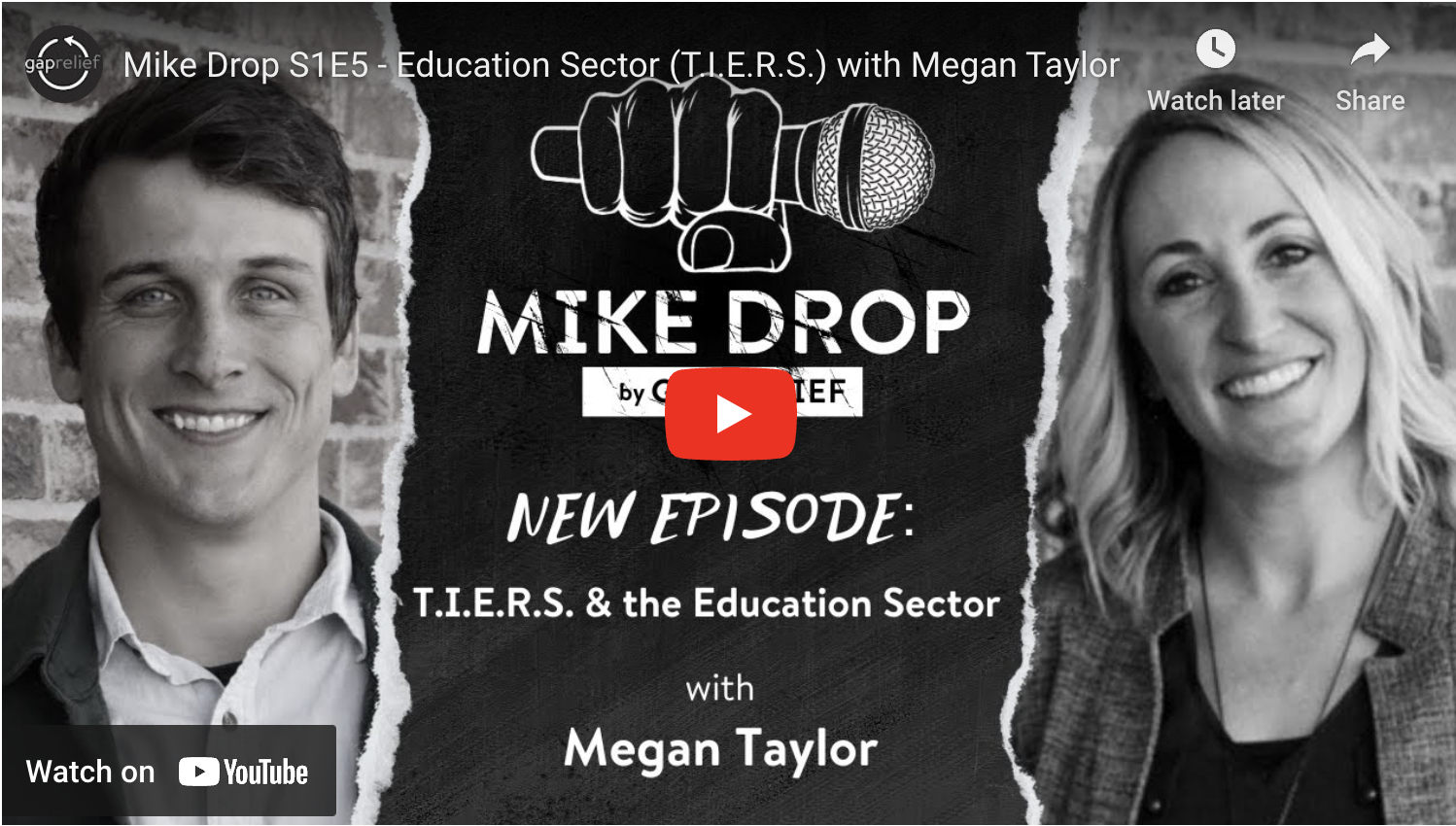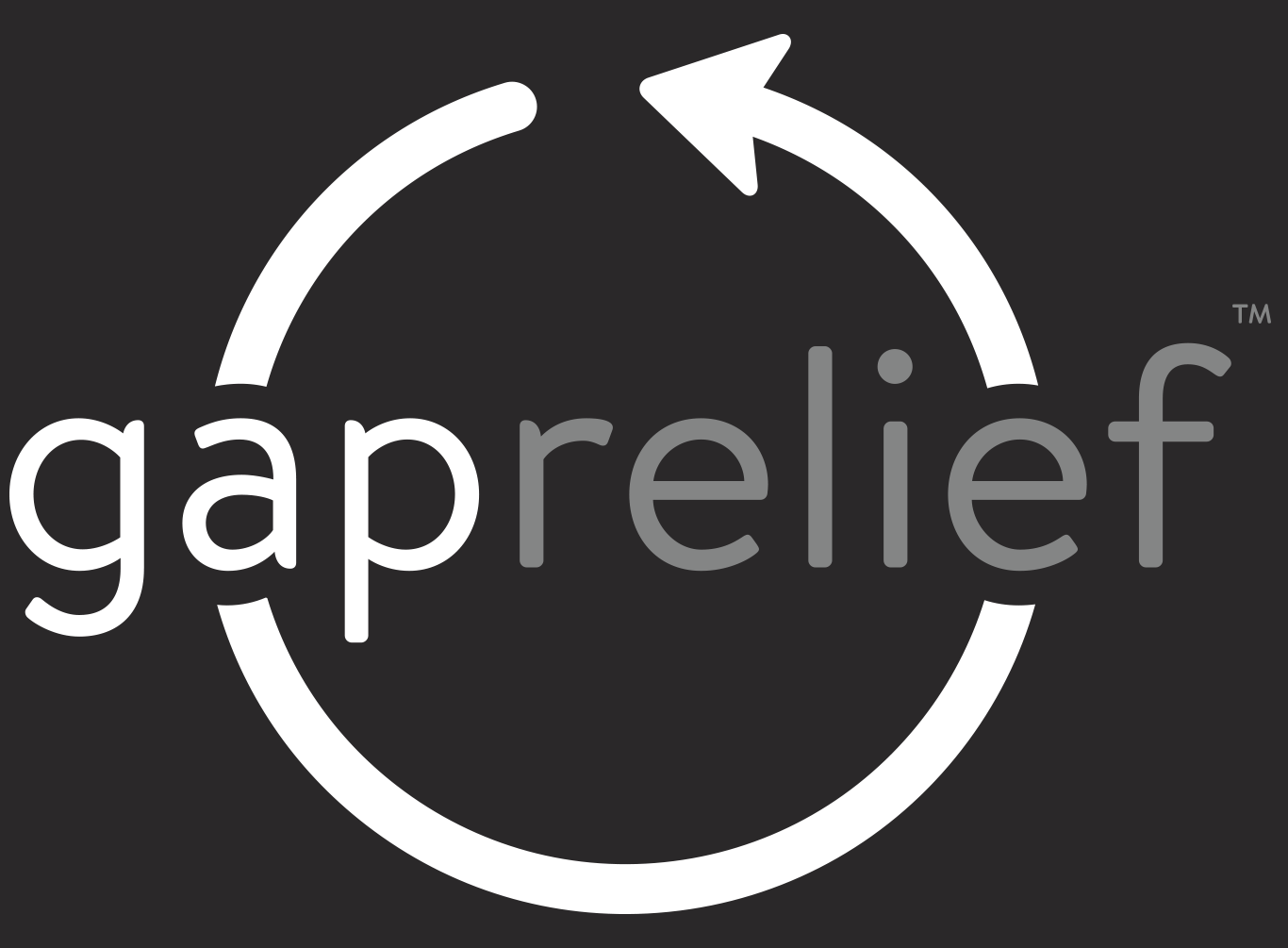Office Manager
Office Manager
Read More
Office Manager
Office Manager
Read More
Office Manager
Office Manager
Read More
Office Manager
Office Manager
Read More
Office Manager
Office Manager
Read More
Office Manager
Office Manager
Read More
Office Manager
Office Manager
Read More
Office Manager
Office Manager
Read More
Office Manager
Office Manager
Read More
Office Manager
Office Manager
Read More
Office Manager
Office Manager
Read More
Office Manager
Office Manager
Read More
Office Manager
Office Manager
Read More
Office Manager
Office Manager
Read More
Office Manager
Office Manager
Read More
Office Manager
Office Manager
Read More
Office Manager
Office Manager
Read More
Office Manager
Office Manager
Read More
Office Manager
Office Manager
Read More
Office Manager
Office Manager
Read More







